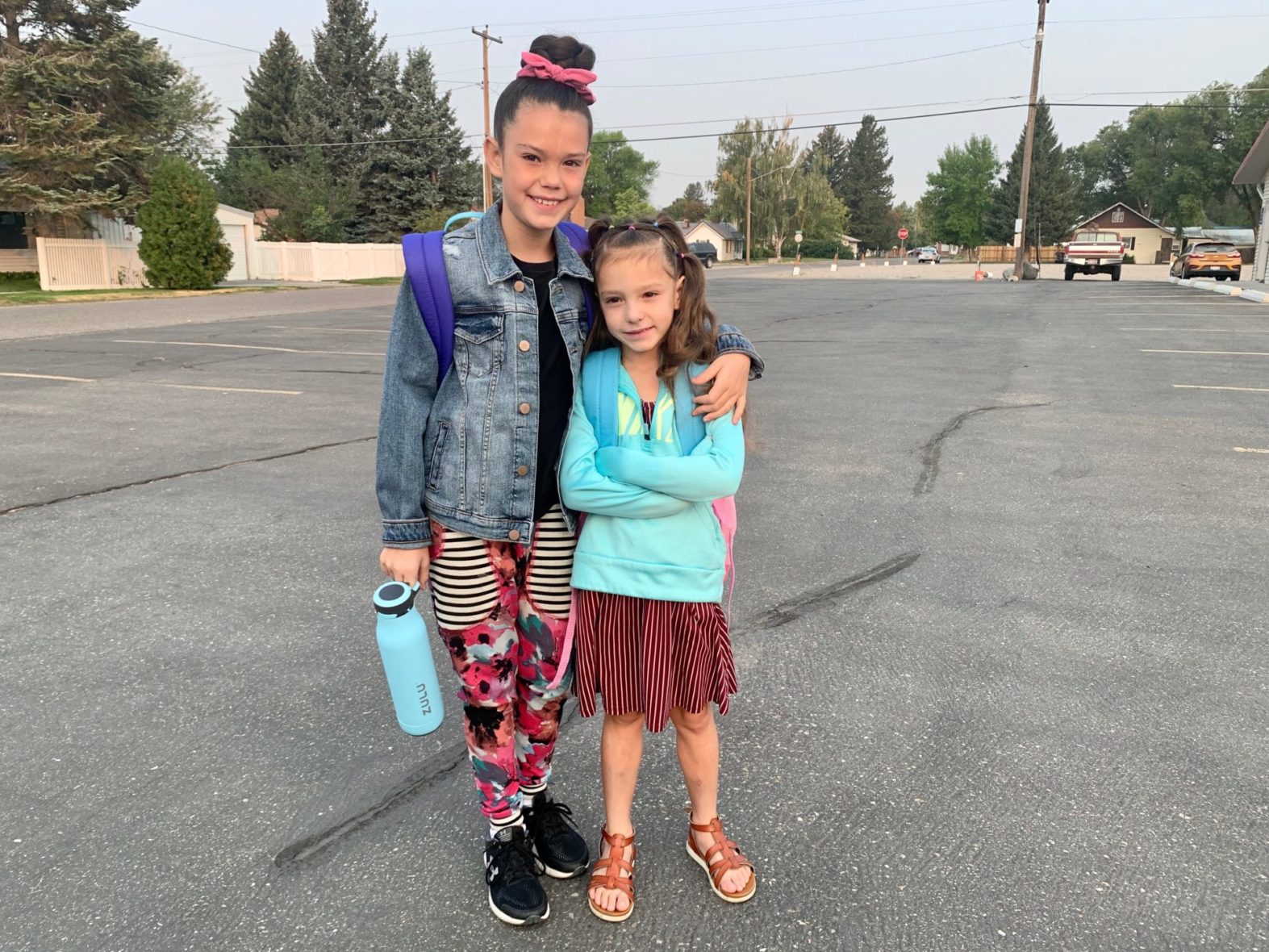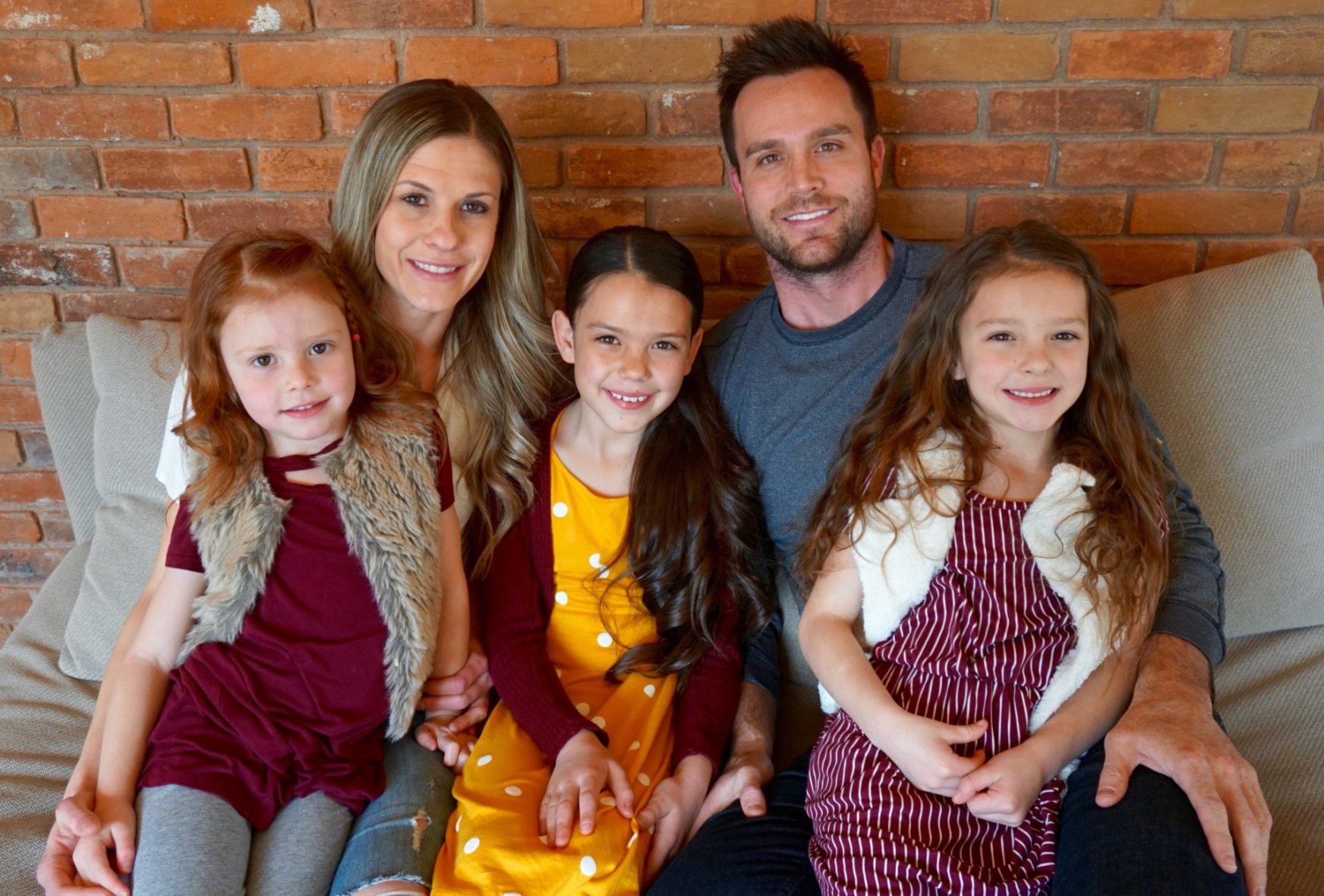
We pulled up to our daughters’ elementary school at 8:17 a.m. on Wednesday.
“We’re seven minutes late, Dad,” my 9-year-old, Parlie, informed me, as if seven minutes were two hours and as if my wife and I hadn’t spent 20 minutes fighting our 6-year-old to get dressed and in the car an hour earlier.
Last week, our kindergartener threw fits about going to school. On Wednesday, our first grader revolted for reasons of her own.
Boy issues, of all things.
Apparently, one likes her and doesn’t care who knows it. By midweek, Emerie, who shuns attention, was over Little Peppé Le Pew’s enticements.
“Boys sometimes say funny things,” my wife, Nicki, told her Wednesday morning, promising to talk to her teacher. “You just have to ignore it.”
“Or kick them in the kneecap,” I muttered from the next room.
“What was that?” Nicki said.
“Oh, nothing.”
School in our East Idaho district was back in full swing last week. But with the uncertainty of a global pandemic, our recent move to a rental and a baby on the way, we weren’t.
Our three daughters’ first day back was mostly normal. But three weeks in, we’re struggling to establish the type of routine that nearly eight hours of school per day demands.
We solicited advice from EdNews readers last week. Some feedback helped:
- “Don’t send her off to face it alone,” Cynthia Stretch wrote in response to our kindergartener’s struggle. “Stick with her, get ready and get out the door.”
- “Stop negotiating. You don’t negotiate with a 5-year-old,” wrote Brandi Griggs, after reading that I used the prospect of an afternoon milkshake, among other things, to incentivize our kindergartener to get out of bed after a long week of moving all our stuff.
Other feedback didn’t fit our parenting style or family situation:
- “I once took my son to school with no shoes because he left them at the neighbors,” Griggs also wrote. “He faced the consequences of no recess all day.”
- “Keep them home and read to them, cook with them, make collections of rocks and bugs, jump in puddles, name the plants on a walk, watch the Magic School Bus snuggled on the couch together, learn letters by making them out of spaghetti … ,” wrote Jane Emery.
We’re still feeling out our situation. In addition to taking turns walking our two little ones to class each day last week, Nicki and I firmed up our approach to bedtime.
The routine we’re beating into their heads starting at 7:30 p.m.: Brush your teeth, get a drink, go to the bathroom, get in bed and don’t get out unless the house is on fire.
No ifs, ands or milkshakes.
One thing we’re telling ourselves: School in the age of coronavirus is different from district to district, school to school, student to student. Kids are coming and going at different times, learning through different means. And while one approach might help one student or family adjust, it might not work for another.
Finding out what does work during a pandemic can be tricky. As 2020 would have it, our district on Thursday moved to a partially at-home learning model — after just one week of a full return to the classroom. For the next two weeks, the girls will be in school Monday and Tuesday and at home with two working parents for the rest of the week.
Homeschooling — if you could call it that — was a struggle for us last spring. We’ll see what next week brings.
Keep your thoughts and suggestions coming by emailing me at [email protected].

